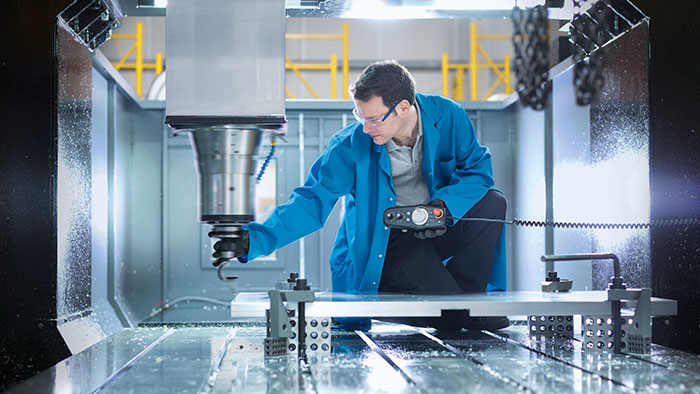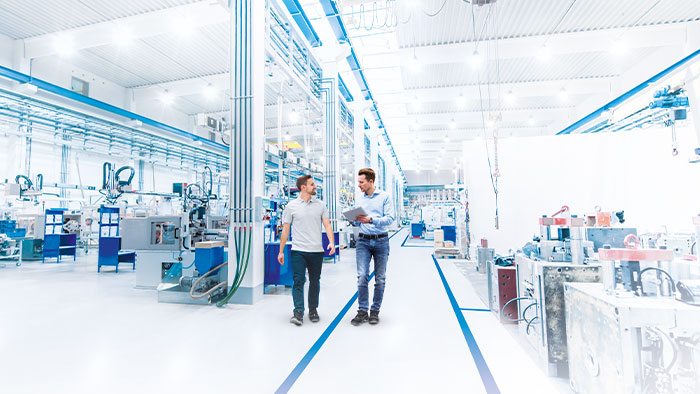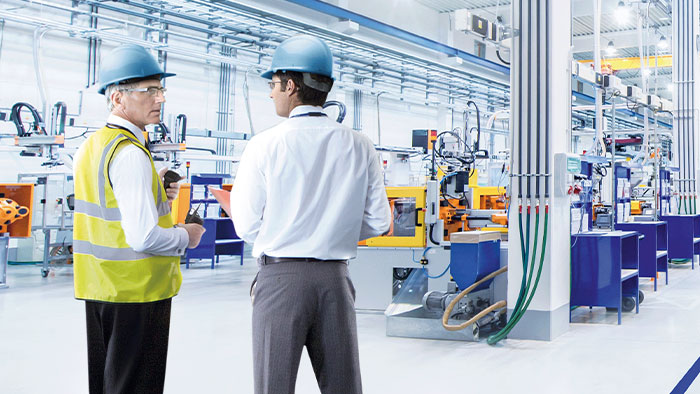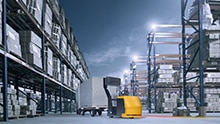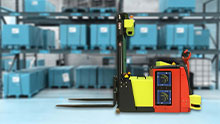The new EU Machinery Regulation will come into full force on January 20, 2027. Machinery Directive 2006/42/EC, which was adopted in 2006 and has applied since December 31, 2009, will then belong to the past – and also, temporarily at least, the existing convenient path to presumption of conformity. Dirk Heeren, Certified Functional Safety Application Expert – SGS TÜV Saar & Safety Competence Specialist at SICK Vertriebs-GmbH in Düsseldorf explains how economic operators can already act in a proactive and legally compliant manner today.
EU Machinery Regulation: still far away – and yet right at our doorstep
Collaborative robotics, artificial intelligence, digitalization, cybersecurity – the EU Machinery Regulation comes with both specifications and requirements on the challenges that new technologies place on machine safety. “It no longer affects only the ‘traditional’ companies and economic actors that manufacture, make available, place on the market and commission the machines referred to in the EU Machinery Regulation, but now also “safety-novice” retailers, online retailers, importers outside the EU, and authorized representatives,” outlines Dirk Heeren with regard to the target group of the new Machinery Regulation (EU) 2023/1230.
Declaration of Conformity to the EU Machinery Regulation already possible now: current state of affairs exposes misinformation

Affected parties should already begin to familiarize themselves with the new EU Machinery Regulation and the important content changes in it: “Firstly because the effective date is approaching more quickly than you might think, and secondly because Declarations of Conformity to the new EU Machinery Regulation are already possible today.” The latter is, at first glance, a surprising statement by the SICK safety expert due to the persistent misinformation to-date that precisely this is not possible. “That’s not the case,” says Dirk Heeren and describes the current state of affairs: “The EU Machinery Regulation is a declaration of the economic actor to the EU member states. It cannot be demanded from or enforced on the economic operators specified in the act prior to the effective date. Nonetheless, it does not forbid them from already voluntarily designing their products and machines – in parallel to the still currently applicable machinery directive – between now and the effective date and also communicating this via a Declaration of Conformity. Any changes to the product that occur up to the effective date of the EU Machinery Regulation should, for example, be taken into consideration and updated as part of the life cycle of a machine”.
Presumption of conformity possible – despite bottleneck in the harmonization of standards
The current state of affairs also includes the fact that presumptions of conformity as for the current Machinery Directive will not, however, be possible in the familiar form with the new EU Machinery Directive prior to the effective date. “This is because it is not expected to be possible to harmonize the around 780 A-, B- and C-type standards associated with the EU Machinery Regulation within this time period,” says Dirk Heeren. Admittedly a bottleneck, that makes Declarations of Conformity according to the EU Machinery Regulation more difficult at present, but not impossible. In accordance with the EU Machinery Regulation, the EU Commission is empowered to issue technical specifications through so-called delegated legal acts that can be referenced by affected economic operators in place of harmonized standards for presumption of conformity purposes. This raises the justifiable question, however, of who should draft and approve these. “Compliance with the health and safety requirements in Annex 3 of the EU Machinery Regulation is mandatory and also possible without harmonized standards,” explains Dirk Heeren. “All you need is firstly an understanding of the objective and the requirements of the EU Machinery Regulation, secondly common sense combined with expertise, and thirdly comprehensive technical documentation as proof of compliant design.”
No rose without thorns
It is therefore also possible to comply with the EU Machinery Regulation in this way – but it’s not a “rose without thorns” says Dirk Heeren. “This because in the event of damage, the burden of proof before the court will be borne by the economic operator.” He must then prove that the machine he placed on the market meets the current state of the art in accordance with the requirements of Annex 3 of the EU Machinery Regulation. “Involving companies like SICK who possess the relevant know-how can be a valuable help in this regard.”
EU Machinery Regulation “pain point”: Help from SICK experts
In particular during the initial phase of the EU Machinery Regulation where there are still a lot of questions to be answered and not all harmonized standards – as we have come to expect for the Machinery Directive – are available as a “safety net”, SICK can offer its assistance to interested parties from startups to SMEs right through to large corporations with ensuring both bodies of rules are applied in a legally compliant manner.
Interested parties can find more information on the topic of the EU Machinery Regulation here.
